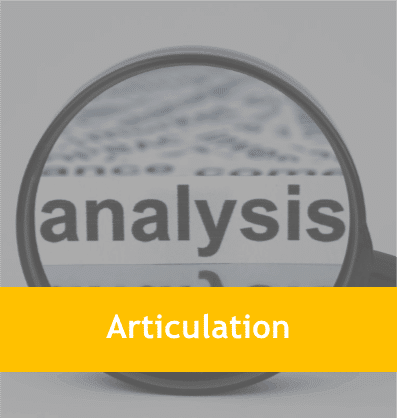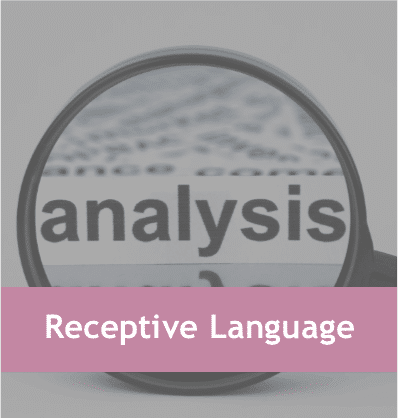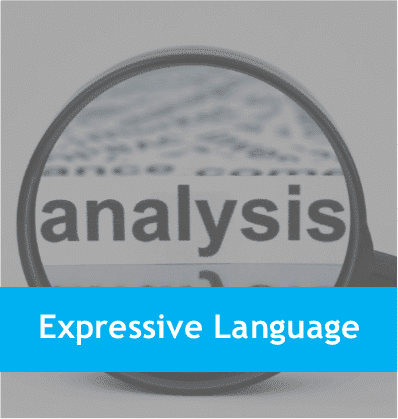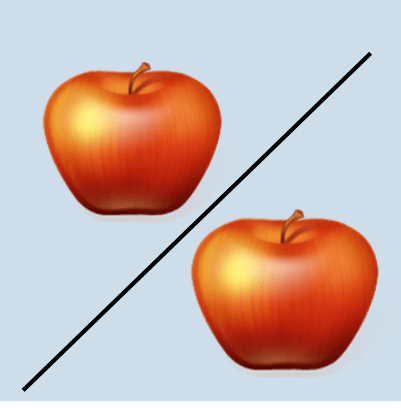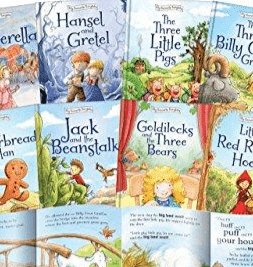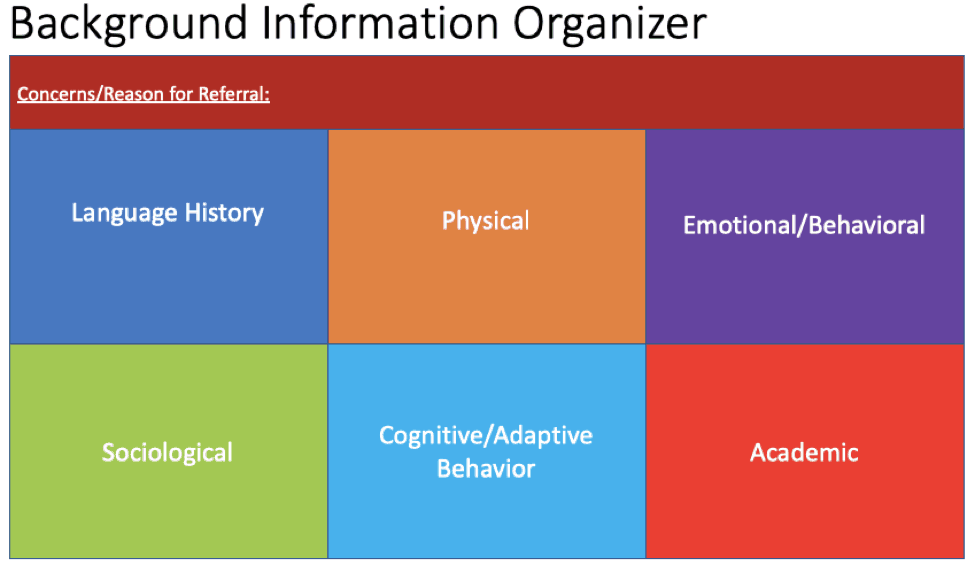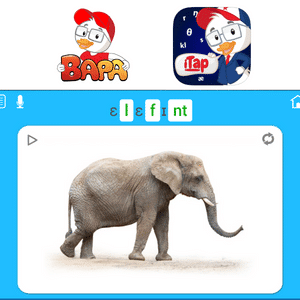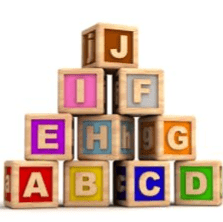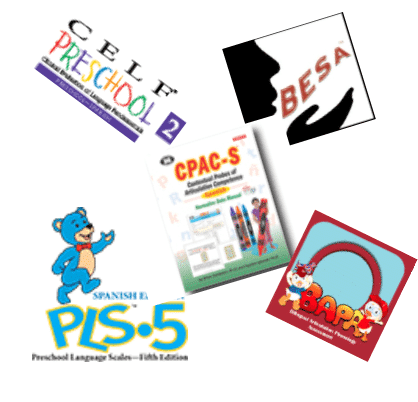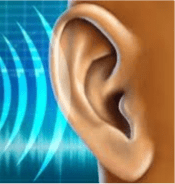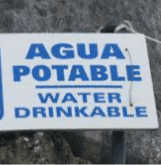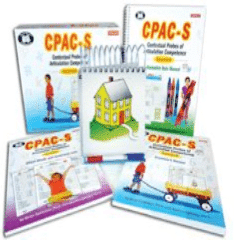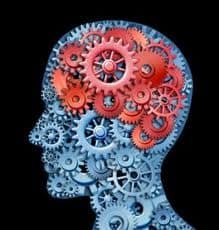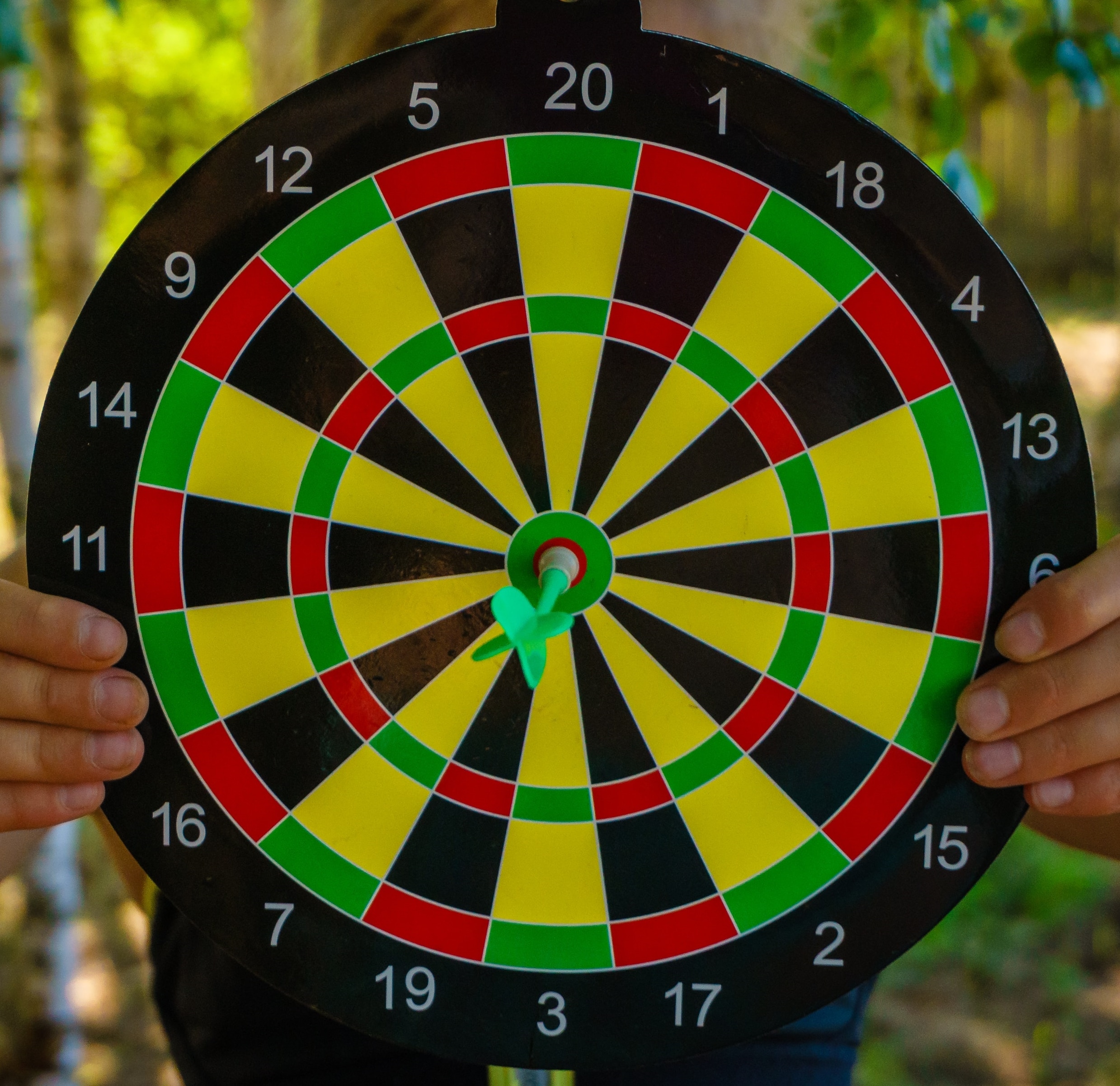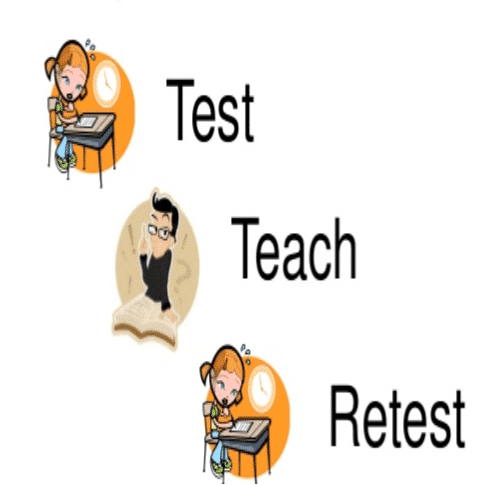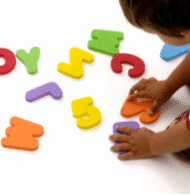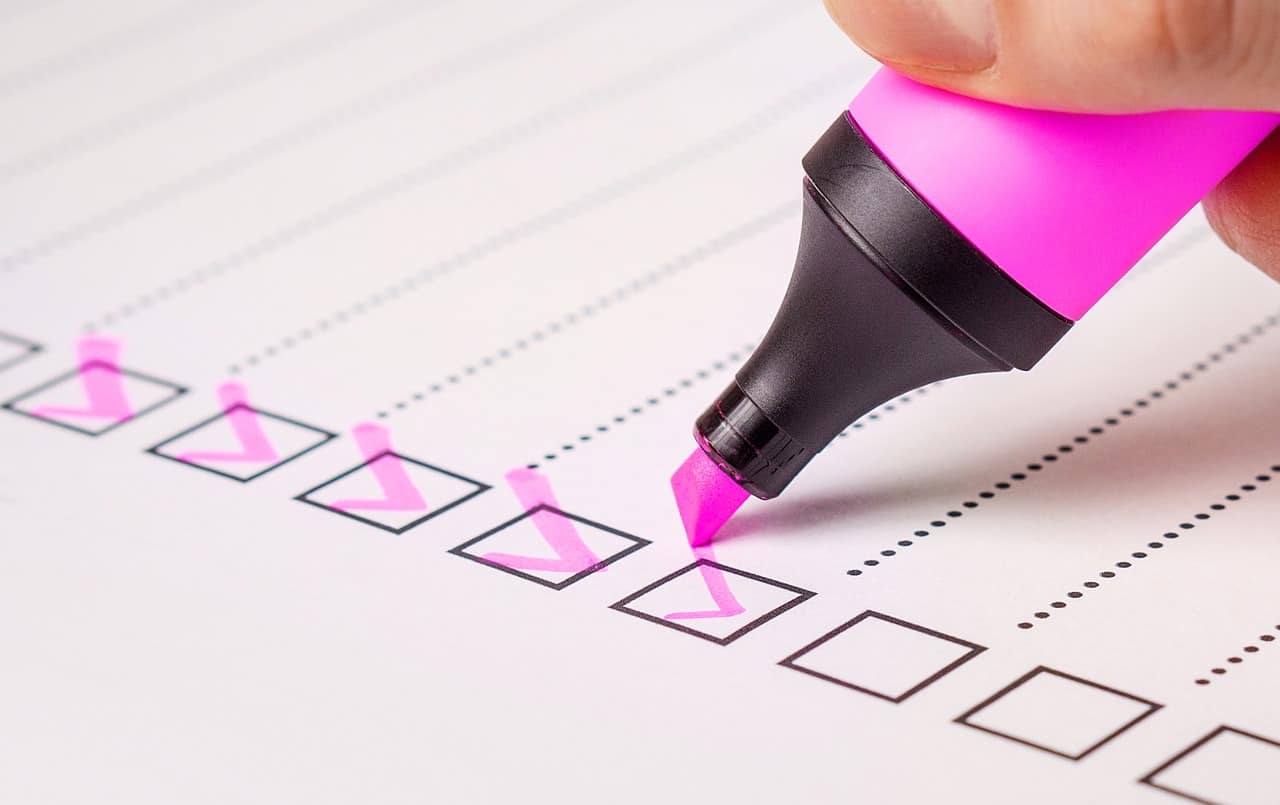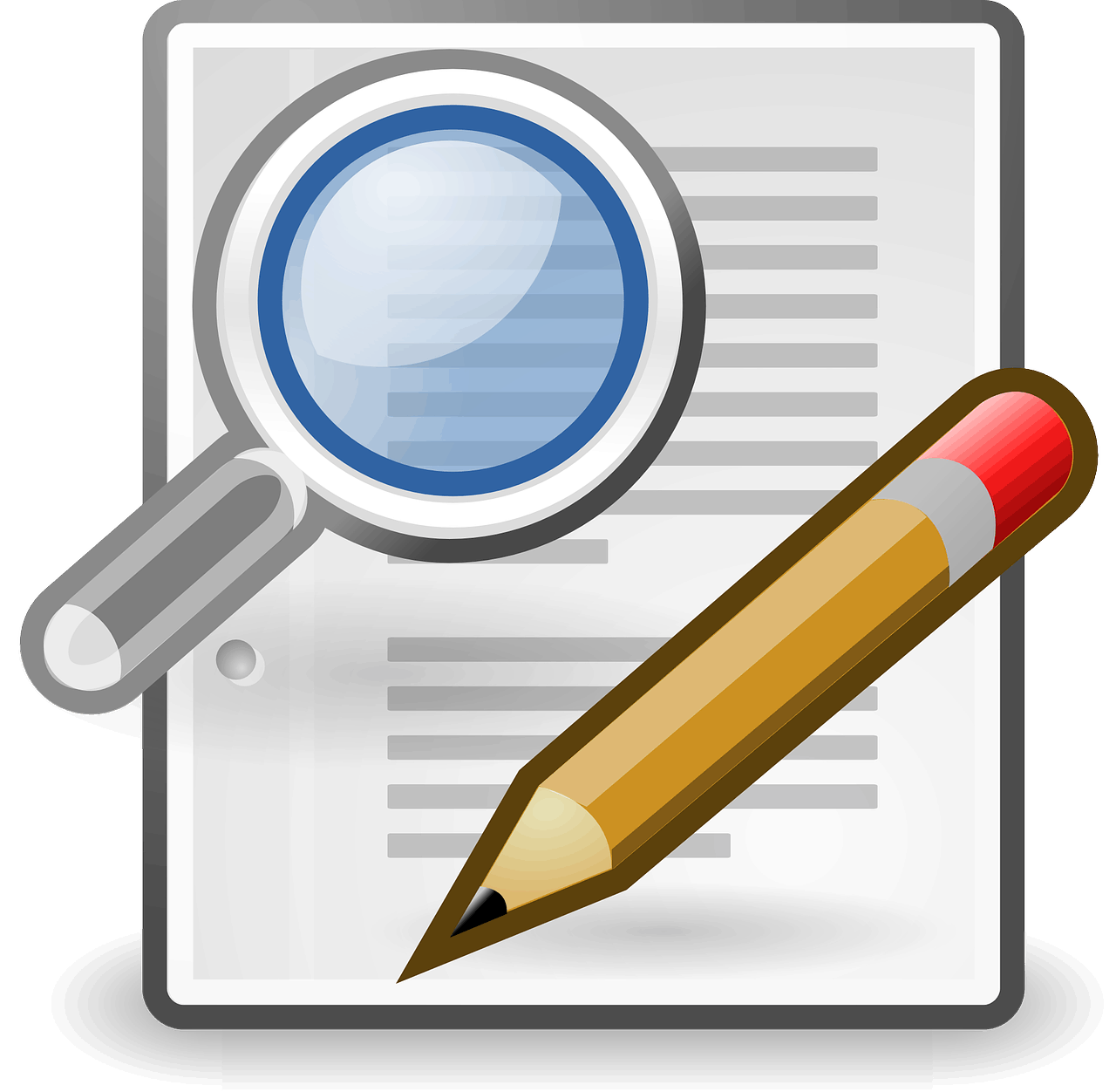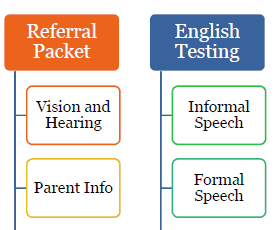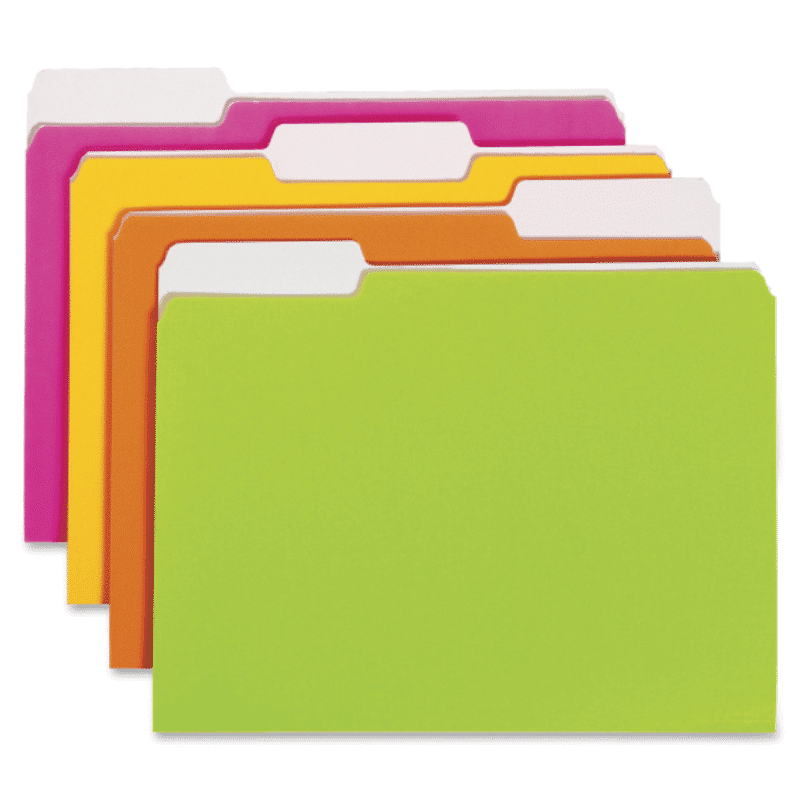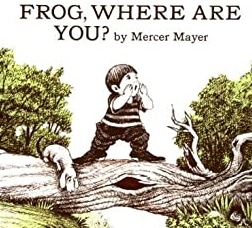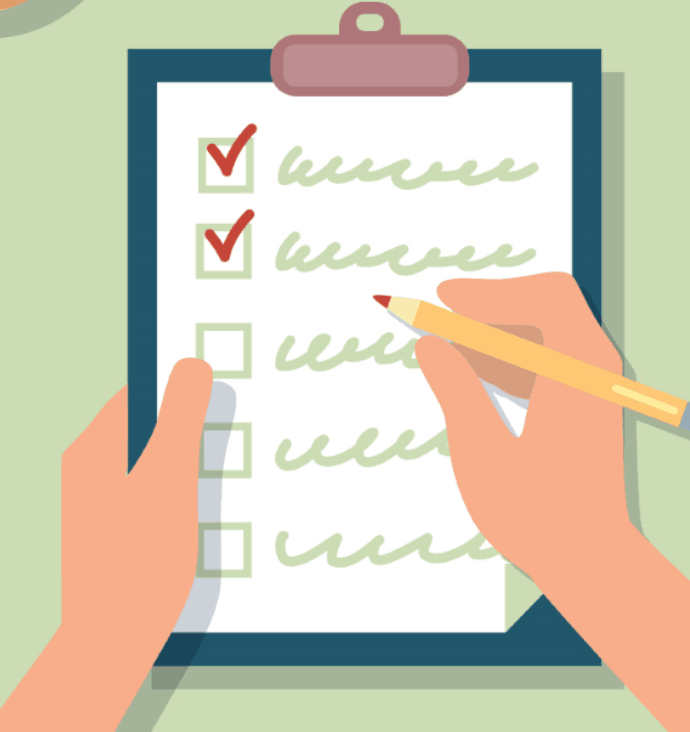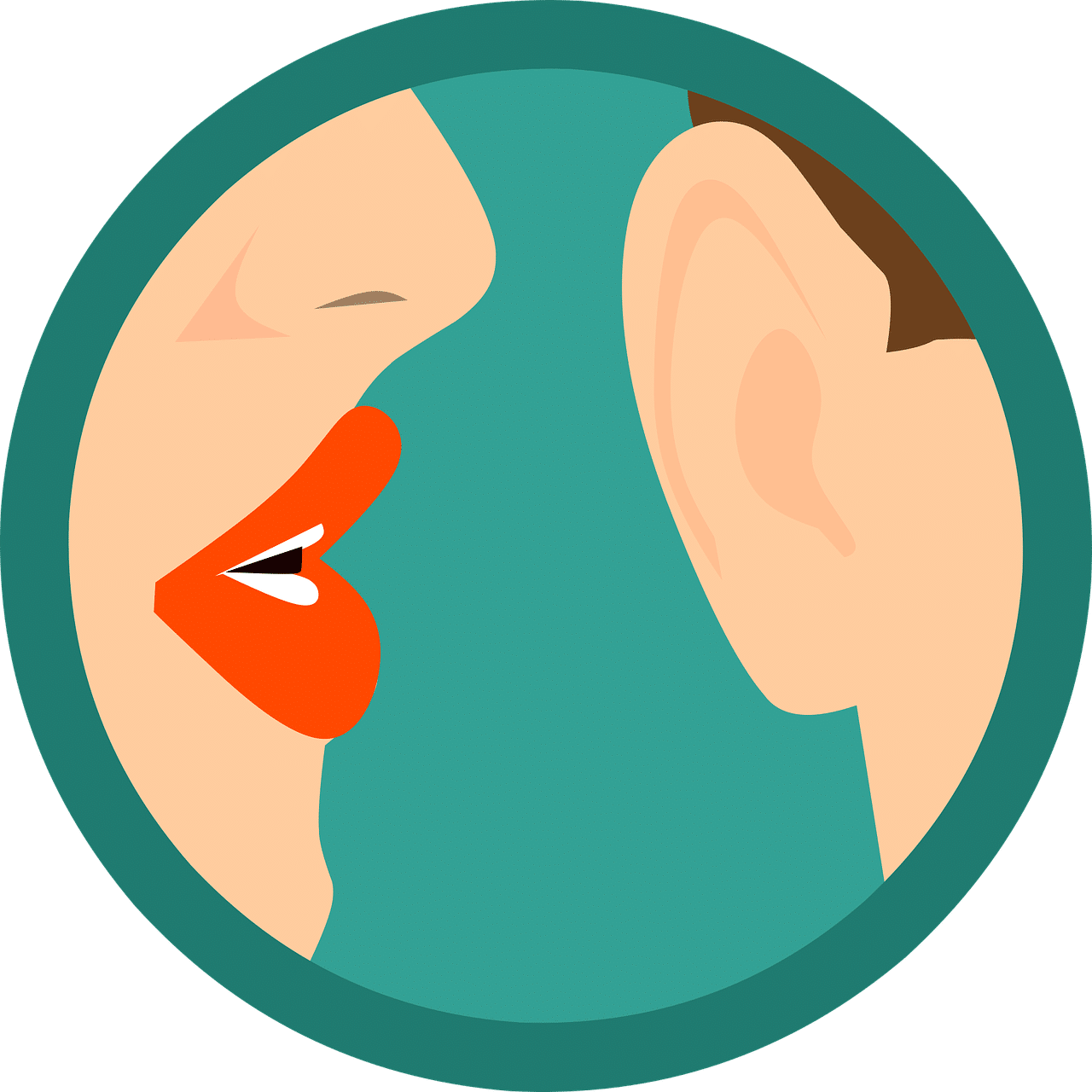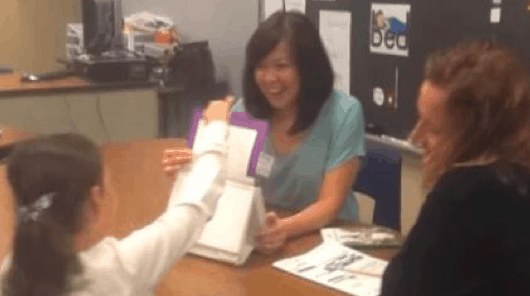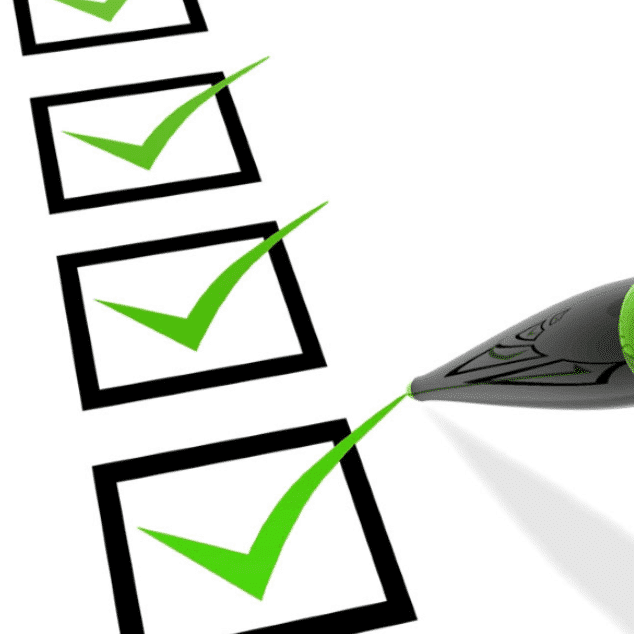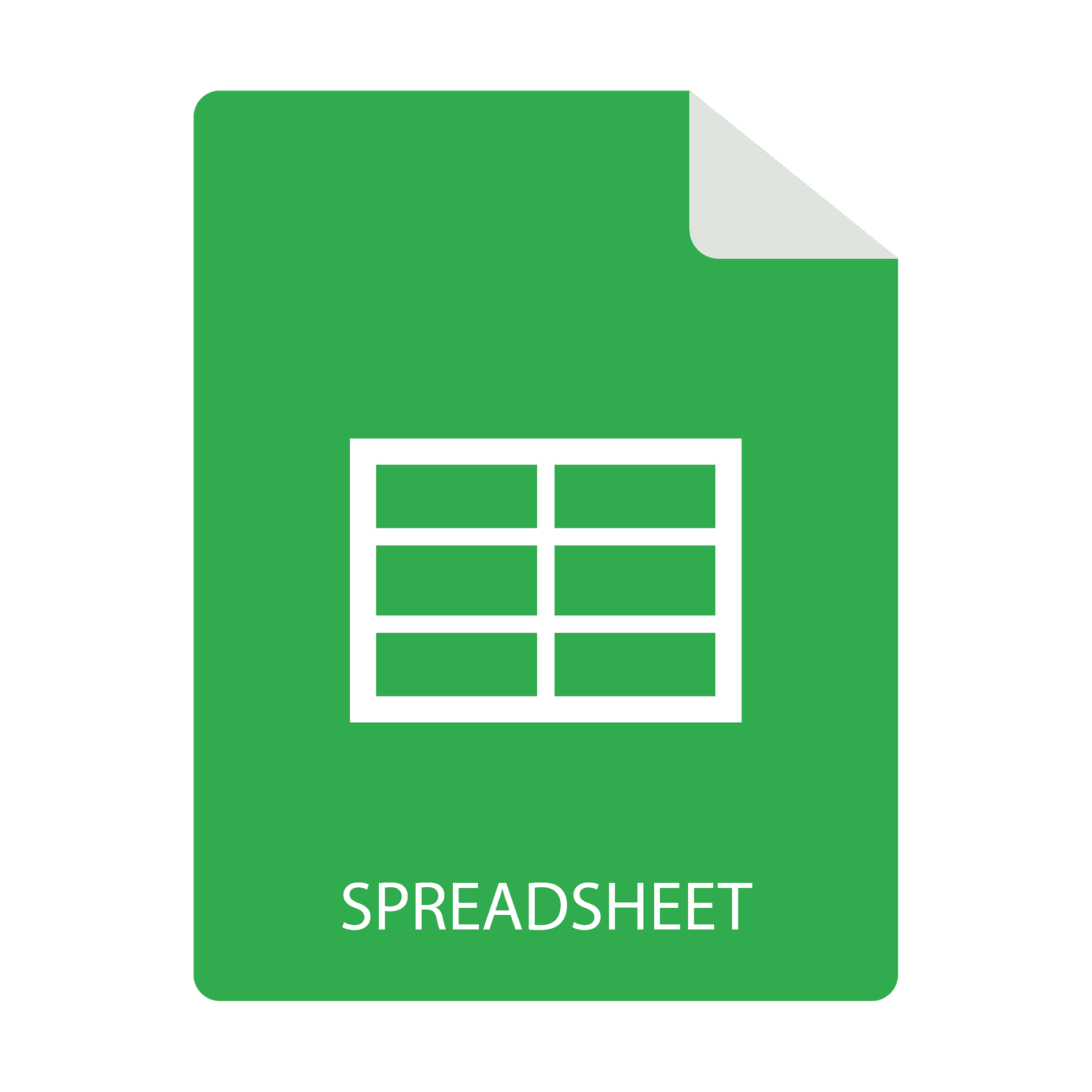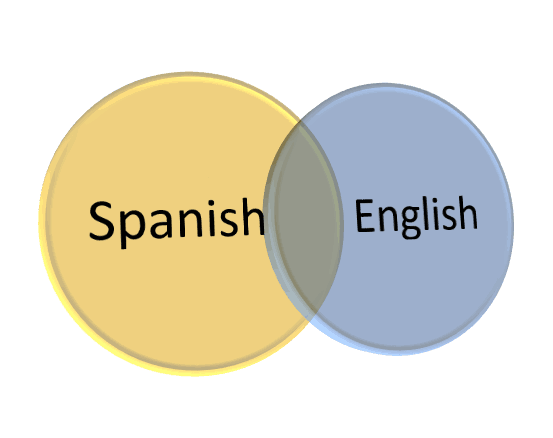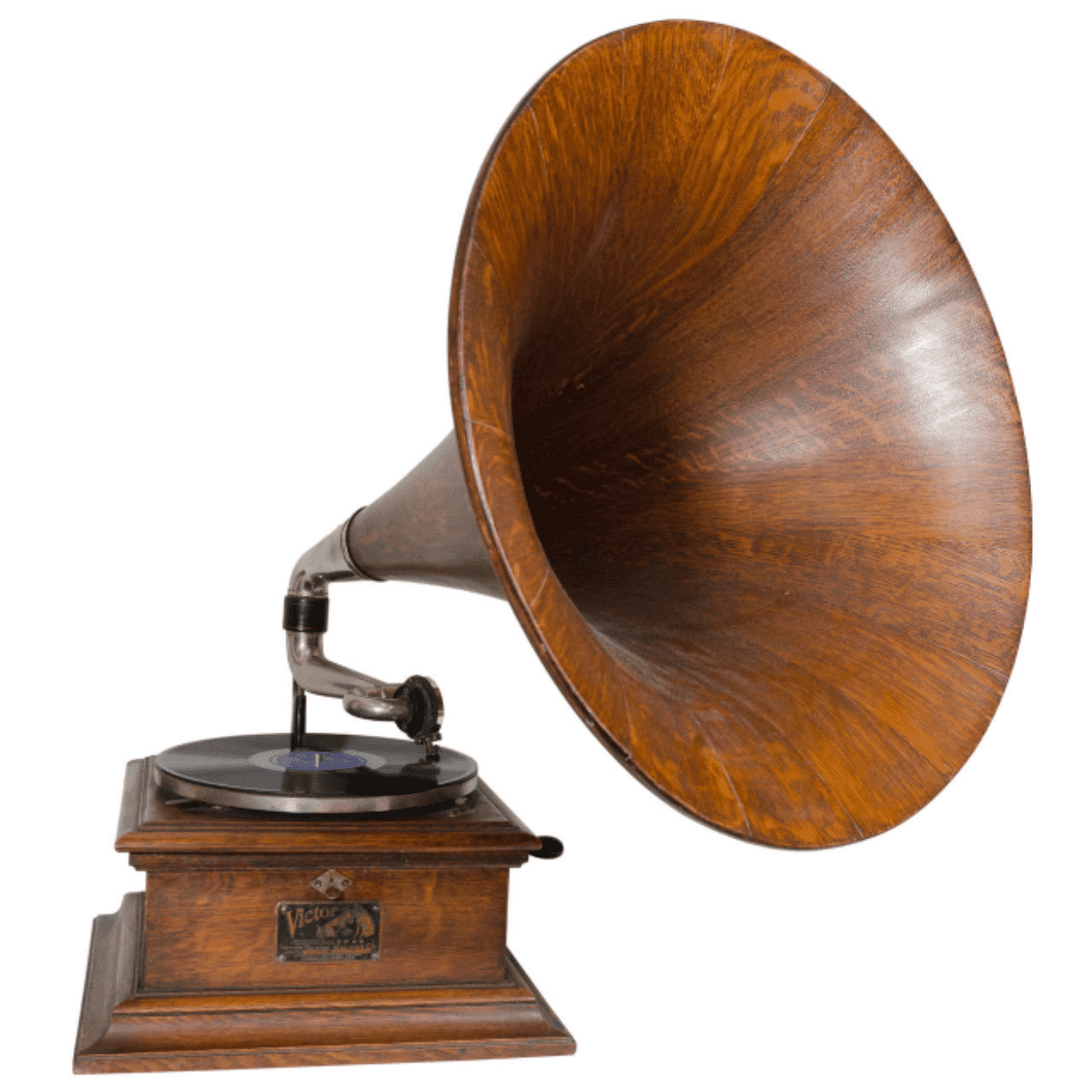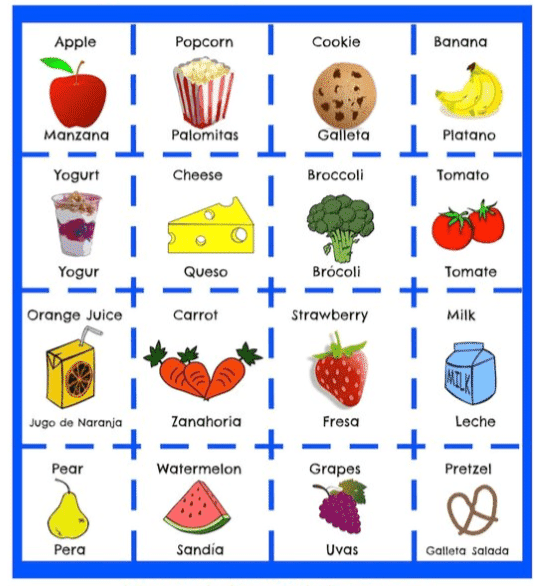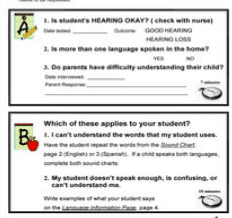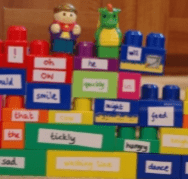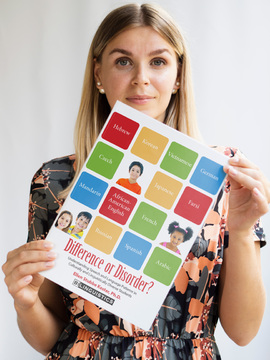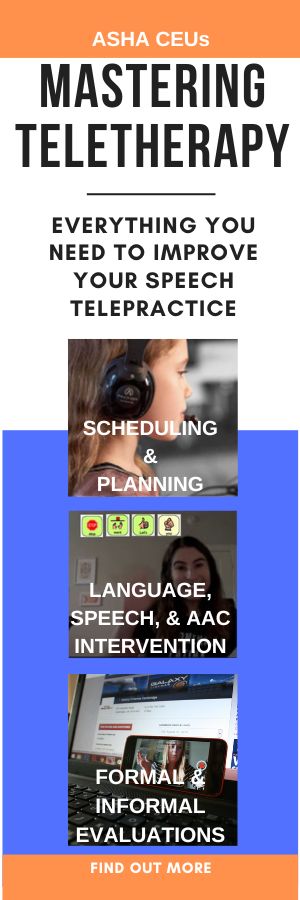Reduce your evaluation time and improve your accuracy by referring to the following tables, graphs, and developmental charts.
Share these evaluation resources with your teachers, staff, and colleagues to better identify students who need your help. We are continually doing research to improve the evaluation process.
Speech Therapy Evaluation Resources

A Tour of Our Speech Language Evaluation Resources
This library of evaluation resources has grown over time to include some of our all-time favorite ways to save time during a testing session, make sure the outcome is accurate, and easily and clearly share the results with family members, teachers, and during IEP meetings.
We wanted to tell you about four unique aspects of some of the top downloads and how we use them. Yes, these resources can be used for speech and language testing, but we wanted to dig into some areas of testing that are not covered well by most resources on the internet. Just like our equally useful speech therapy materials page, the resources above are organized alphabetically. So if you find something you like, just preview it and hit download!
Bilingual Evaluation Resources
Bilingual testing can sometimes double the testing time. More than any other circumstance, we need a way to carve off the time needed to accurate make the call as to whether a child qualifies or not. Here are five great evaluation resources. The Languages of the World PDF are links to where to find developmental information on 3 dozen+ languages.
- Common Semantic and Syntactic Errors in Second Language Learner
- Articulation Norms for Spanish and English
- Goals that Apply to all Children Regardless of Home Language
- Phonetic Inventories- Spanish vs English Venn Diagram
- Speech and Language Development of the Languages of the World
Evaluation Resources for Non-Standardized (Informal) Testing
Standardized testing may seem pretty straight forward. But what about all of the children with additional diagnoses or additional languages spoken at home who don’t fit the mold of the group that the standardized tests were normed on? We have two processes that we do on almost EVERY one of the hundreds of evaluations we do each year. We do narrative exercises and use the following form to analyze the results. We also do dynamic assessment of things that the child missed so that we can rule out a lack of experience and cultural influence.
- Assessment of Fictional Narratives
- Dynamic Assessment Protocol
Collecting Data from Parents, Teachers, and During Your Session
We aren’t the only ones contributing to the evaluations. We need information from everyone involved. In addition to a library of best-of intake forms that we are developing, these evaluation resources are really helpful.
- Home Language Survey Suggestions
- Language History Form
Help With Writing Up Your Evaluations
And then there is writing it up after your evaluation is completed. No small part. Here are three print-outs to get you organized so you have what you need to begin writing.
- Background Information Organizer
- Evaluation Impressions/Notes Organizer
- Fluency Assessment Calculator
Assessment and Evaluation of Speech-Language Disorders in Schools – ASHA.org

